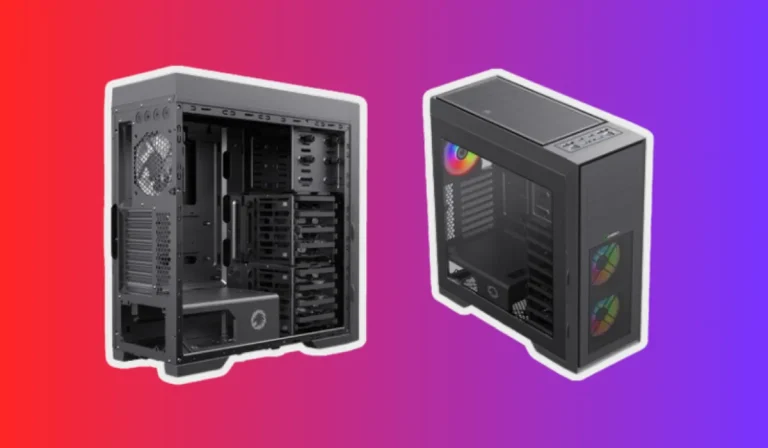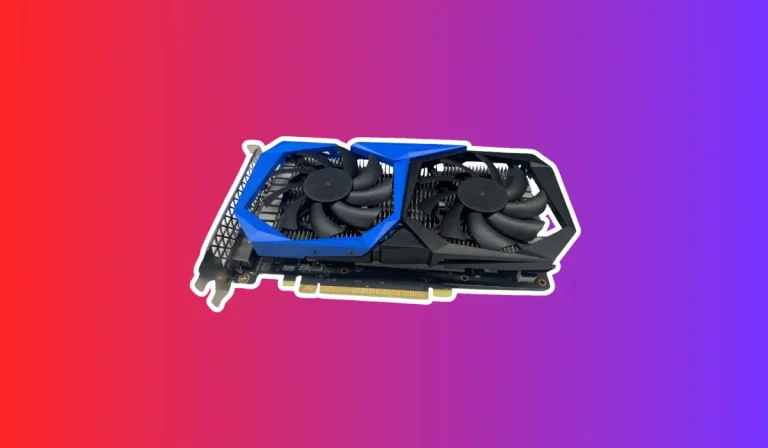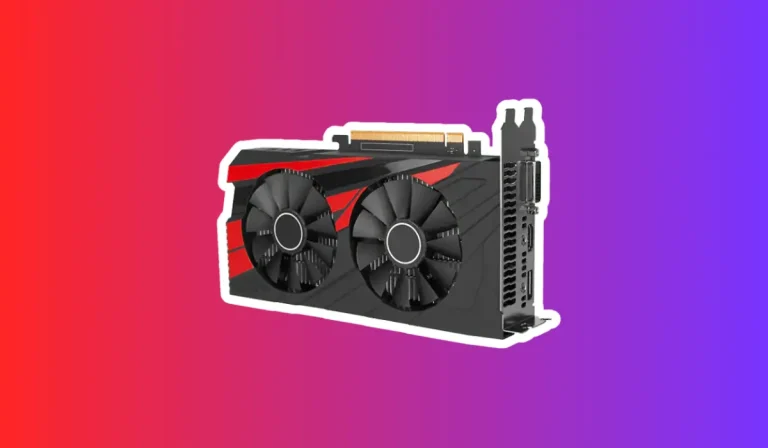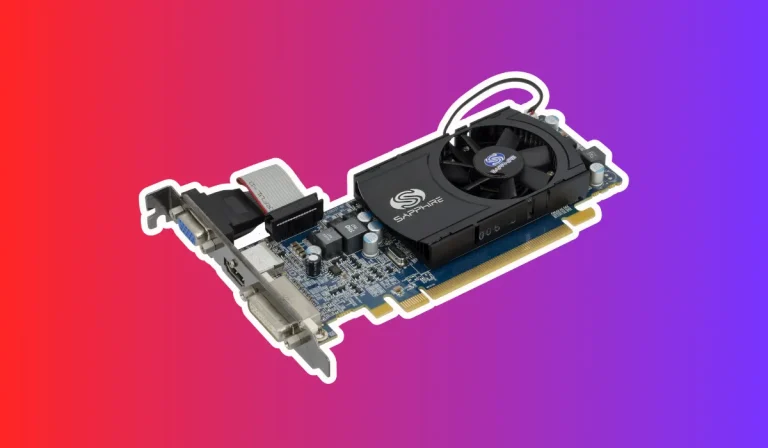Why does my GPU show 0% usage?
Have you ever wondered why your GPU shows 0% usage? Your Graphics Processing Unit (GPU) plays a crucial role in your system’s performance, especially when it comes to demanding tasks like gaming or graphic design.
Are the Drivers Up to Date?
Importance of Updated Drivers
GPU drivers are regularly updated by manufacturers to improve compatibility, fix bugs, and enhance performance. Outdated drivers may not be able to properly communicate with the operating system or take advantage of the latest optimizations. This can lead to issues like 0% GPU usage, decreased performance, or even system instability.
Updating GPU Drivers
To update your GPU drivers, start by identifying the make and model of your graphics card. Visit the manufacturer’s official website, such as NVIDIA or AMD, and navigate to the support or drivers section. Locate the latest driver version compatible with your specific GPU model and operating system. Download the driver package and follow the installation instructions provided by the manufacturer.
Additional Considerations
While updating GPU drivers can often resolve issues like 0% GPU usage, it’s essential to ensure a smooth installation process. Before updating, it’s advisable to uninstall the existing drivers using the manufacturer’s recommended uninstallation tool or through the Control Panel. This ensures a clean installation without any conflicts or remnants of the previous driver version.
Are Power Management Settings Affecting GPU Usage?
Power Management Modes
Modern GPUs often come with power management features that allow them to adjust their performance based on the workload. These modes include “Power Saving” and “Performance” modes. In Power Saving mode, the GPU conserves power by reducing its clock speed and voltage, resulting in lower performance. On the other hand, Performance mode maximizes the GPU’s clock speed and voltage for optimal performance.
Checking Power Management Settings
To check your power management settings, you can access the NVIDIA Control Panel or AMD Radeon Settings, depending on your GPU brand. Look for options related to power management or power profiles. Ensure that the power management mode is set to “Performance” or “Maximum Performance” to allow the GPU to operate at its full potential.
Adjusting Power Management Settings
If your power management settings are not set to Performance mode, you can change them to maximize GPU usage. However, it’s important to note that running the GPU at maximum performance may result in increased power consumption and heat generation. Make sure you have adequate cooling solutions in place to handle the additional heat.
Is the GPU Overheating?
The Impact of Overheating on GPU Performance
Overheating can significantly impact the performance of a GPU. When the temperature rises beyond the recommended thresholds, the GPU’s clock speed may be reduced, resulting in lower performance and potentially leading to a 0% GPU usage scenario. This is a protective measure implemented by the GPU to prevent overheating-related issues.
Checking GPU Temperatures
To determine if overheating is the cause of 0% GPU usage, you can monitor the temperature of your graphics card. Various software tools, such as MSI Afterburner or HWMonitor, allow you to monitor GPU temperatures in real-time. Keep an eye on the GPU temperature while running graphics-intensive tasks or games. If the temperature consistently exceeds the recommended limits, overheating may be the culprit.
Addressing Overheating Issues
Clean Dust and Ensure Proper Airflow: Dust accumulation on the GPU’s heatsink and fans can hinder effective cooling. Regularly clean your GPU using compressed air or a soft brush, and ensure that your computer case has proper airflow with adequate intake and exhaust fans.
Improve Case Cooling: Consider adding additional case fans or upgrading to more efficient cooling solutions like liquid cooling. This helps maintain lower temperatures within the system, including the GPU.
Check Fan Speeds: Ensure that the GPU fans are working correctly and running at an appropriate speed. You can adjust fan speeds using software utilities like MSI Afterburner or the manufacturer-provided software.
Apply Thermal Paste: If you have experience with hardware, you can consider reapplying thermal paste on the GPU. This helps improve heat transfer between the GPU chip and the heatsink.
FAQ’s
1. Why is my GPU showing 0% usage?
There could be several reasons for this. It could be due to outdated GPU drivers, power management settings affecting performance, GPU overheating, or even faulty hardware connections.
2. How can I check if my GPU drivers are up to date?
You can check if your GPU drivers are up to date by visiting the official website of your GPU manufacturer (such as NVIDIA or AMD) and navigating to the support or drivers section. From there, you can locate the latest driver version compatible with your GPU model and operating system.
3. Are power management settings affecting GPU usage? How can I adjust them?
Yes, power management settings can impact GPU usage. To adjust these settings, access the NVIDIA Control Panel or AMD Radeon Settings (depending on your GPU brand) and look for options related to power management or power profiles. Set the power management mode to “Performance” or “Maximum Performance” to allow the GPU to operate at its full potential.
4. Can GPU overheating cause 0% usage? How can I check and address overheating issues?
Yes, GPU overheating can lead to 0% GPU usage. You can monitor GPU temperatures using software tools like MSI Afterburner or HWMonitor. To address overheating, ensure proper airflow in your computer case, clean dust from the GPU heatsink and fans, check fan speeds, and consider applying the thermal paste on the GPU chip.
5. What if my GPU still shows 0% usage after trying these solutions?
If your GPU continues to show 0% usage after updating drivers, adjusting power management settings, and addressing overheating issues, it may be worth seeking further assistance.
Conclusion
If you’re encountering the frustrating issue of your GPU showing 0% usage, there are several potential culprits to consider. Outdated drivers, power management settings, and overheating could be the underlying causes.
By applying the troubleshooting techniques outlined such as updating drivers, adjusting power management settings, and addressing overheating, you can optimize GPU usage and enhance system performance. Remember to seek further assistance if needed to ensure a smooth computing experience.






